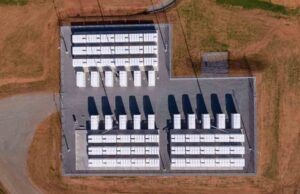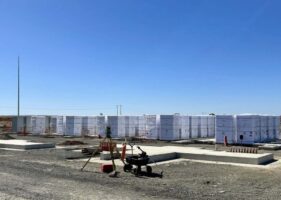Blink, and you could have missed it. Last Friday, Energy Ministers ended one of the most protracted and acrimonious debates in the National Electricity Market (NEM). Quietly but unequivocally, ministers stated that locational marginal pricing (LMP) was finally dead.
While the language is complex, the concept is not. At its core, the debate is about the price generators get for their energy and how this price relates to ‘congestion’.
Congestion refers to a physical limit on the grid when some parts can’t handle the amount of energy coming from generators. That stops some of the energy flowing from generators to consumers. Congestion can be made better or worse by the operational decisions of generators. In the longer term, it’s also affected by where new generators decide to connect to the power system.
The debate has centred around how to use price signals to manage congestion.
On one side, the economists claimed that making generators face the ‘locational marginal price’ – where congestion levels set the price – would make the NEM more efficient. They argued these volatile local prices would stop generators from producing too much energy at the wrong time or push them to locate in other, less congested parts of the power system.
On the other side, the renewable energy industry argued that forcing generators to face these unpredictable prices would only make new investment expensive, if not impossible, at precisely the time when more investment is desperately needed. The industry argued congestion is best fixed by building new transmission and, more recently, using new technologies like storage.
Ending this stalemate has not been easy, but we think we have found part of the way forward through compromise and goodwill. As the peak clean energy industry body, the Clean Energy Council understood that an industry-led approach was the only way to break the deadlock and allow everyone to start addressing the many other issues facing the power system.
To do this, we drew on a great idea put forward by Edify Energy, a member of the Clean Energy Council. The idea was relatively simple – rather than the crude measure of forcing generators to face an uncertain and volatile local price, they should instead be allowed to voluntarily trade around congestion, through a Congestion Relief Market (CRM).
The CRM does pretty much what it says on the box – it allows parties affected by congestion to trade with each other, to make the best possible use of the available grid.
A simplified example of how the CRM operates is set out below.

On the left, multiple generators and a battery sit behind a constraint, meaning only 175 MW of power can flow to consumers. Generators A and B compete to use this limited network capability to sell their power at the high wholesale market price. Generator C is a battery and is not charging, as it would need to pay the high wholesale market price to charge.
On the right, the CRM allows the battery to trade with the generators to consume their power. The battery pays the CRM price lower than the high Wholesale Market price. This allows Generator A to produce an extra 25 MW, which it sells to the battery at the CRM price.
The battery then stores this power to sell it back into the main grid later on when the wind or solar farm is not generating, and the Wholesale Market price is high.
Three smart features make this design superior to LMP models.
Firstly, it’s strictly voluntary. Parties only enter the market when they want. This is a huge departure from locational pricing models, which force a local price on generators in hopes of changing behaviour.
Secondly, it’s transparent. This allows parties to find the best price by repeat trades. Supporting contracts can then be developed, so generators and storage providers can set up more stable, long-term arrangements. This supports more investment.
Finally, it helps unlock the value of storage, supporting more effective use of the available grid and accelerating the transition. Batteries can buy solar power at the CRM price during the day and send it back to consumers at night. This means the network is used more effectively, keeping costs down for customers.
We think the CRM is a big part of moving past this debate. With the Clean Energy Council having spent 18 months further developing the CRM model, debunking initial concerns and educating stakeholders to garner industry support, it’s good to see Ministers supporting our thinking.
Of course, there is a lot more to be done to make sure the CRM stacks up. But now that the renewable energy industry is properly at the table, we reckon we can get it done.
Christiaan Zuur is the Clean Energy Council’s policy director of market, grid and investment.










